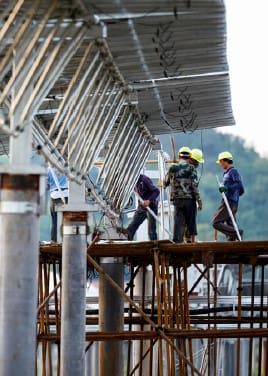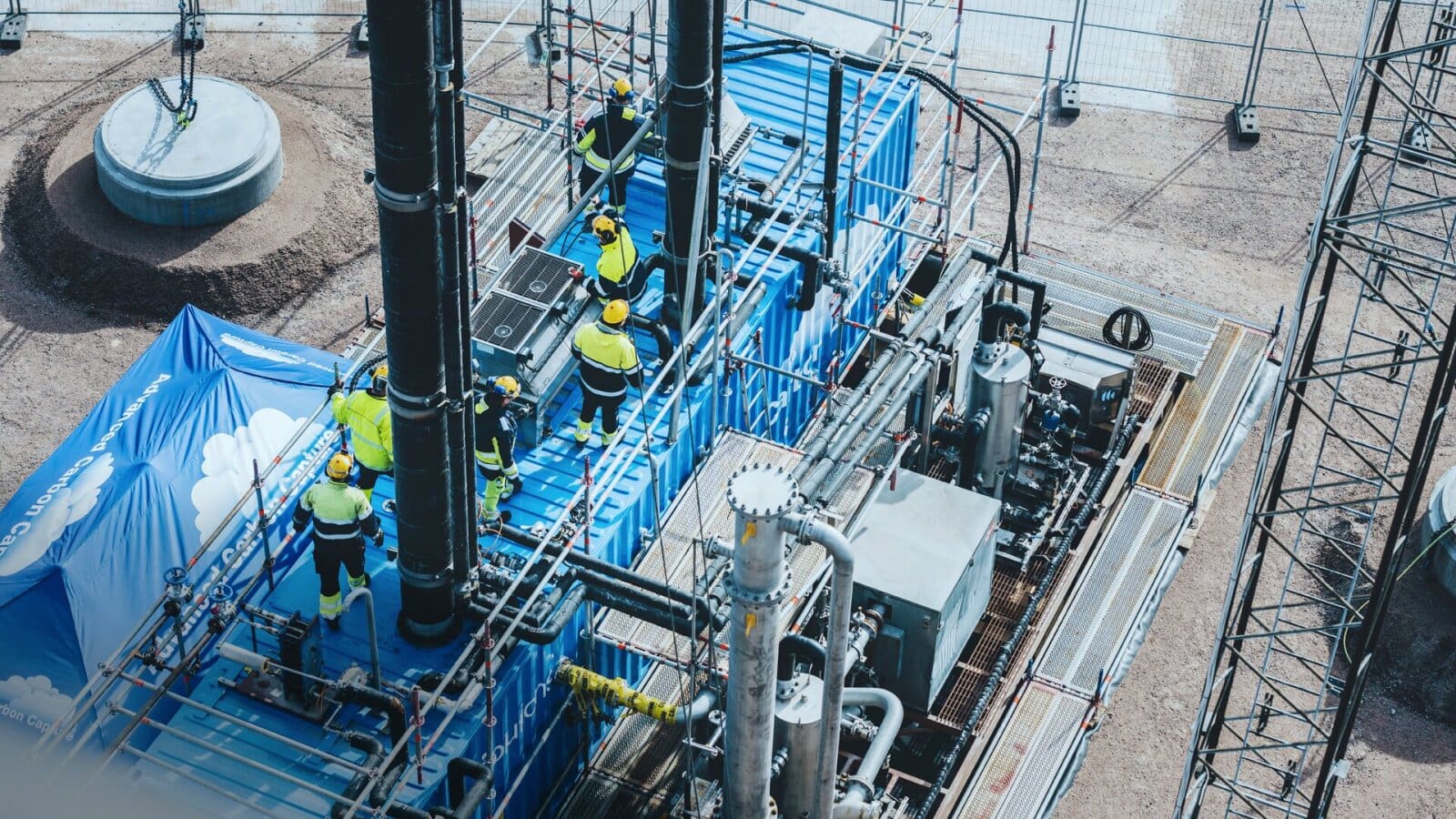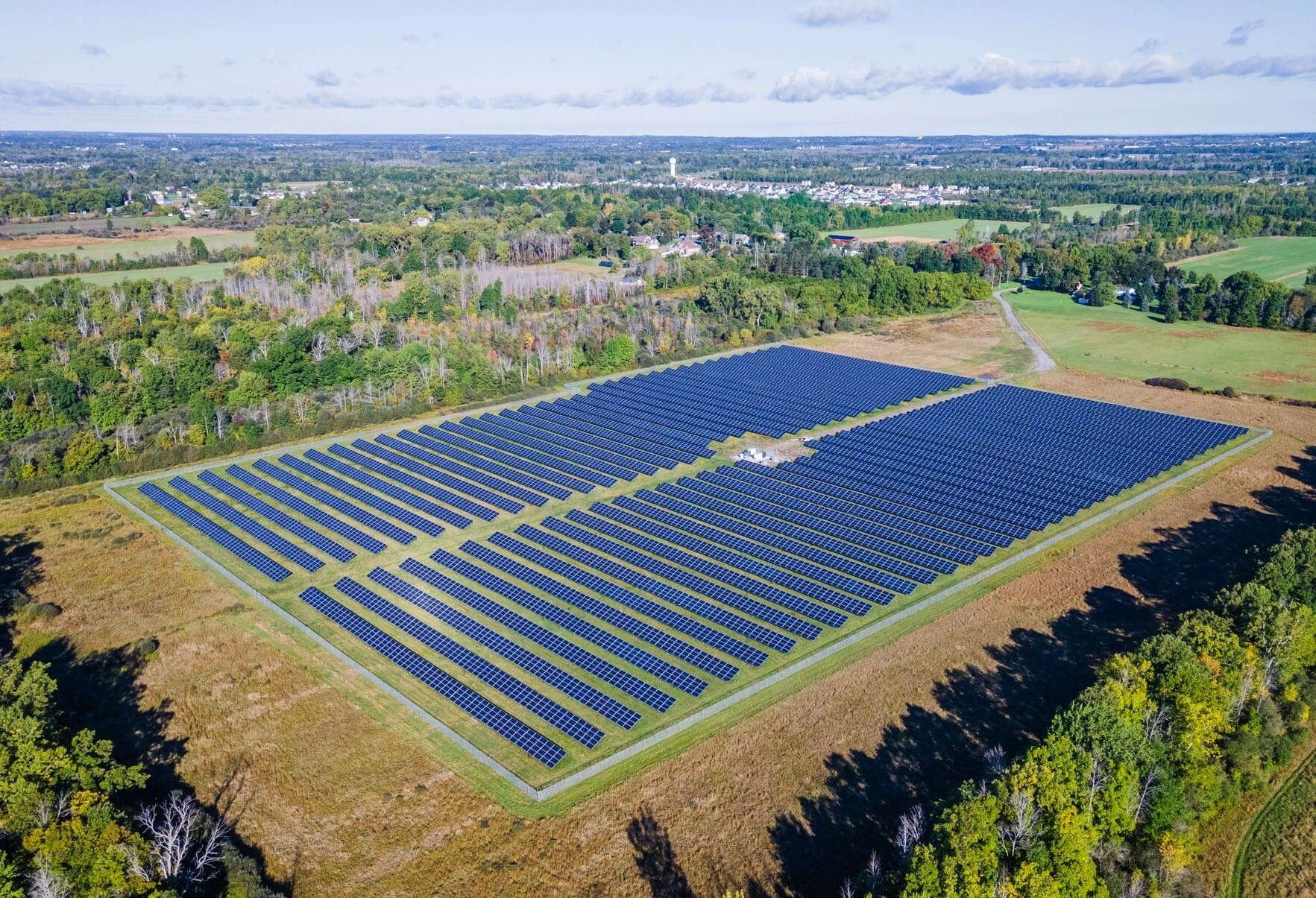China added 136 GW of renewable power capacity in 2020, the bulk from 72 GW of wind (China’s largest addition in a single year) and 49 GW of solar (its second largest ever), according to a report from the International Renewable Energy Agency (IREA). Data from IREA shows China with 4.7 million jobs in the area of renewable energy, which represents 39% of total renewable energy employment worldwide.
In its Renewable Energy and Jobs Annual Review 2021, IREA reports that solar photovoltaic (PV) installations in China surged by 67% during 2020, close to the 2017 peak of 53 GW, and the country continues to dominate export markets. China’s solar PV workforce was estimated at 2.3 million, growing from 2.2 million in 2019. Chinese firms have benefitted from government support of large production capacities, yielding economies of scale. Such support includes low-cost credit, free land, tax exemptions, direct cash payments, and export credits.
Wind capacity additions of 72.4 GW were almost triple the previous year’s, with much of the added activity driven by impending cuts in feed-in tariffs, IREA reports. In offshore wind, China’s 3.1 GW of new installations surpassed additions in the rest of the world combined. The record pace was partially driven by installers wanting to benefit from government subsidies before they came to an end in 2020. Chinese wind employment is estimated at 550,000 jobs in 2020, up from 518,000 in 2019.
Domestic companies have commanded a share of more than 90% of onshore installations in China over the past decade. Bearings are the only wind-turbine component for which foreign companies control the majority of manufacturing capacity; for everything else, their share is 25% or less. Wind employment is principally driven by domestic projects.
The impending expiration of China’s feed-in tariffs for offshore wind at the end of 2021 prompted developers to rush their projects to completion. Ambitious targets set by coastal are another key driver. The country’s expertise in onshore wind has allowed it to develop local supply-chain clusters in a relatively short time, though some bottlenecks persist. A total of 18 industrial parks are being developed along the coast, half of them in just two provinces, Jiangsu and Guangdong. The dominant model of offshore wind-farm development is a joint approach between mostly state-owned Chinese companies and provincial governments. Foreign developers have a share of less than 1%, so most jobs will be accrued domestically.

















